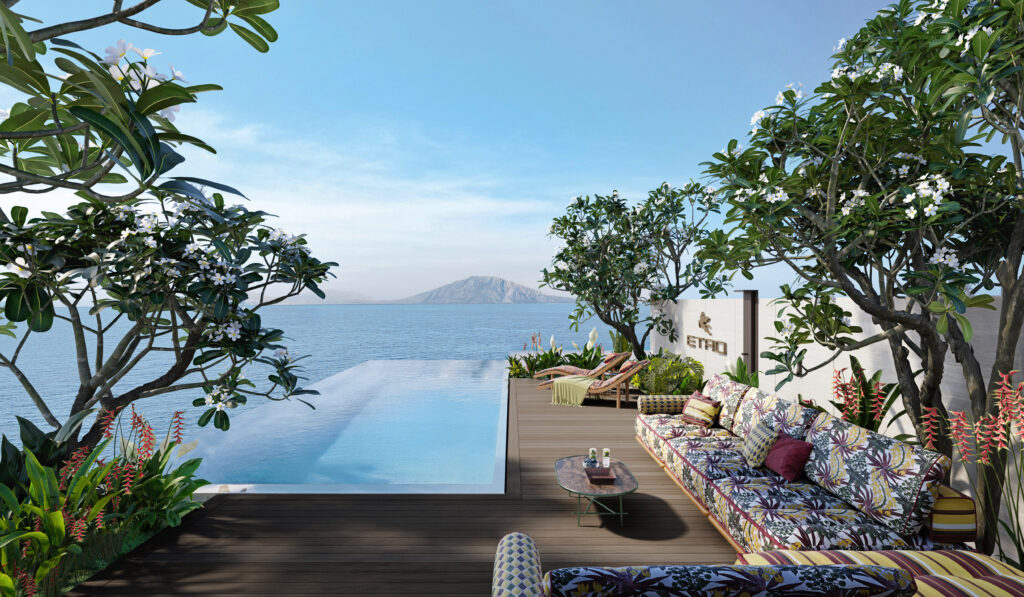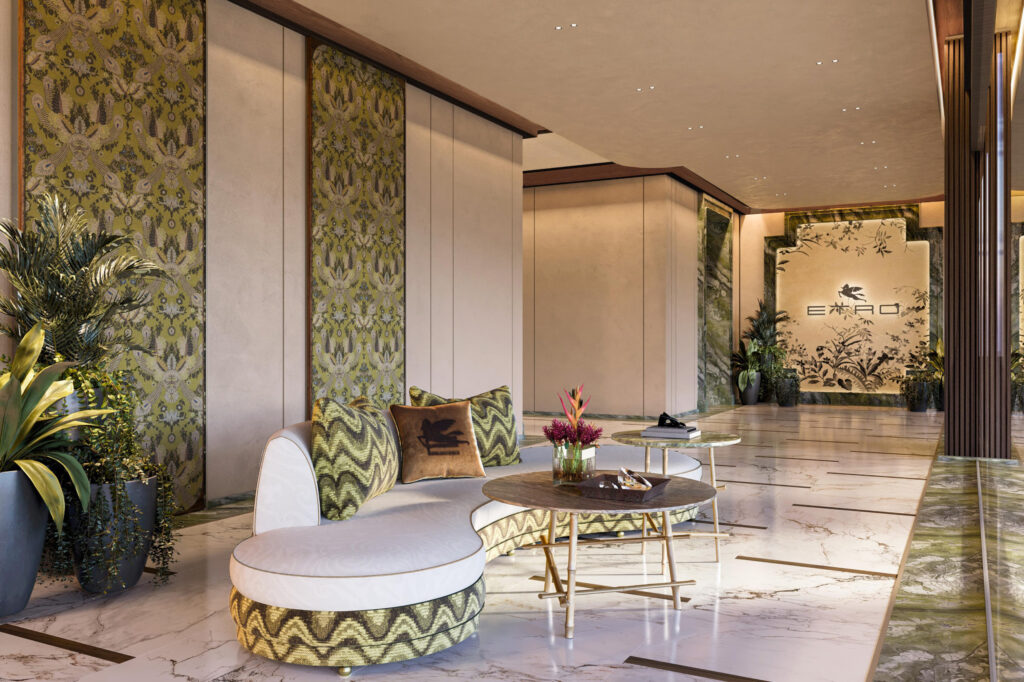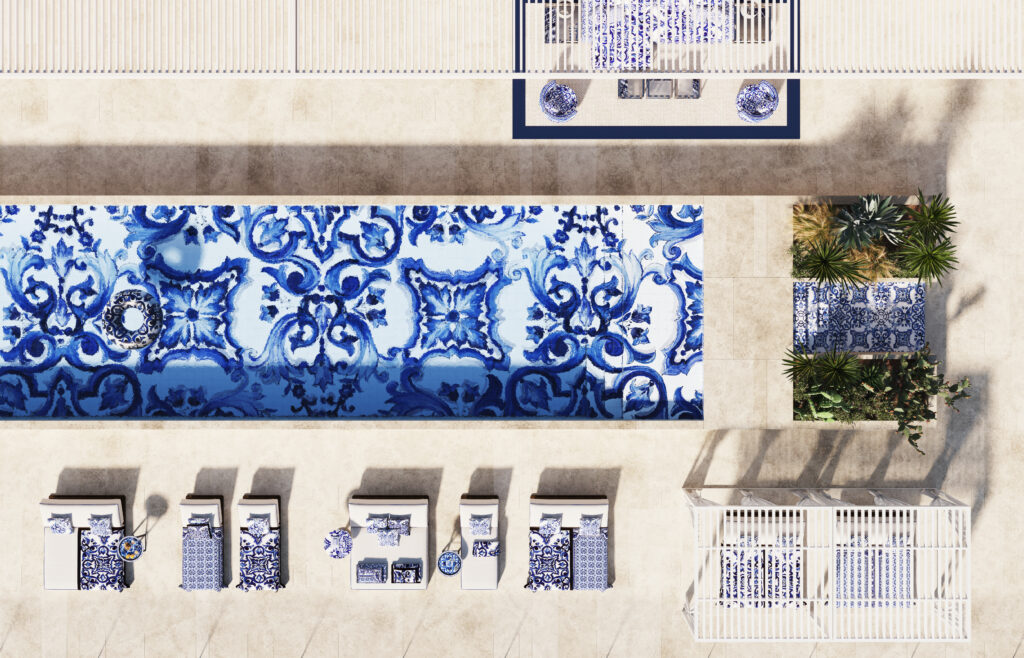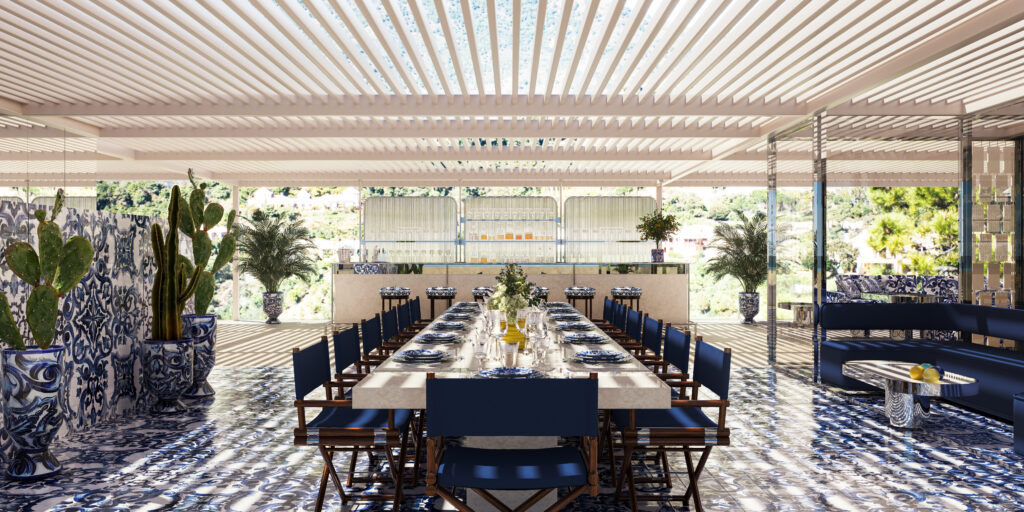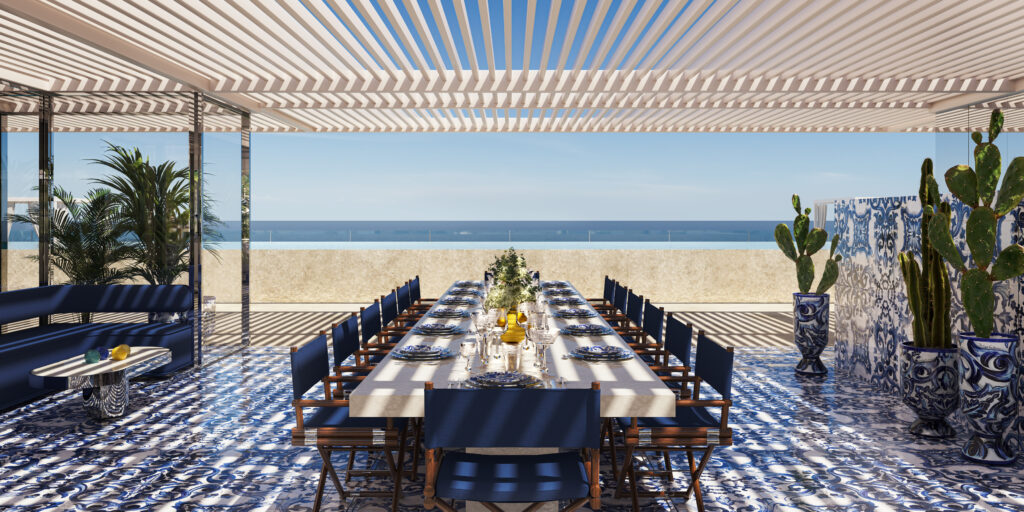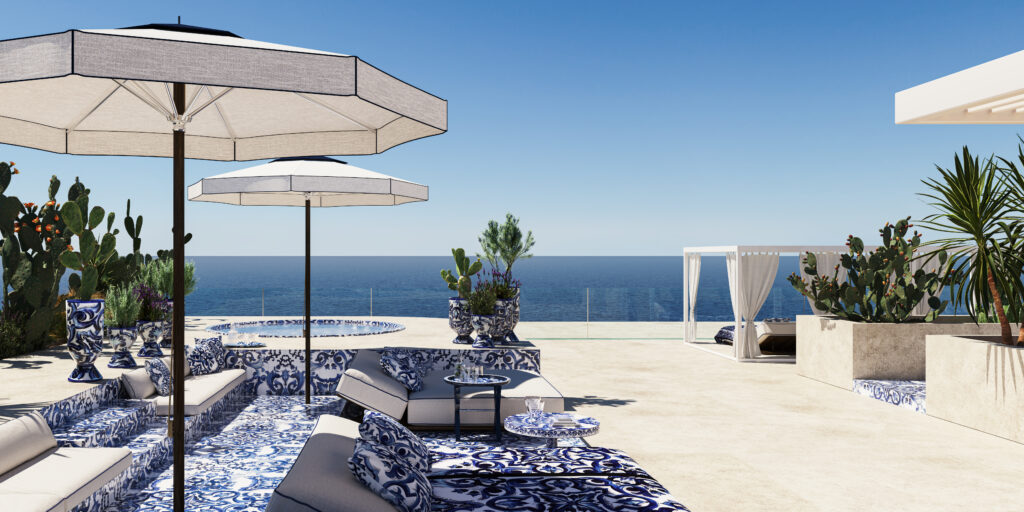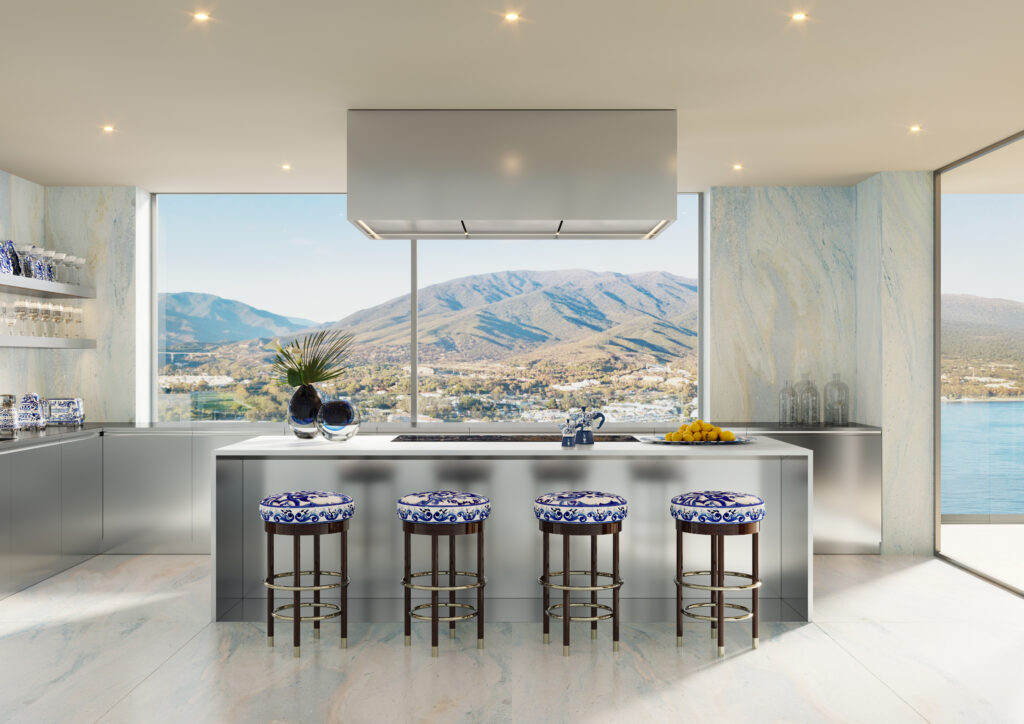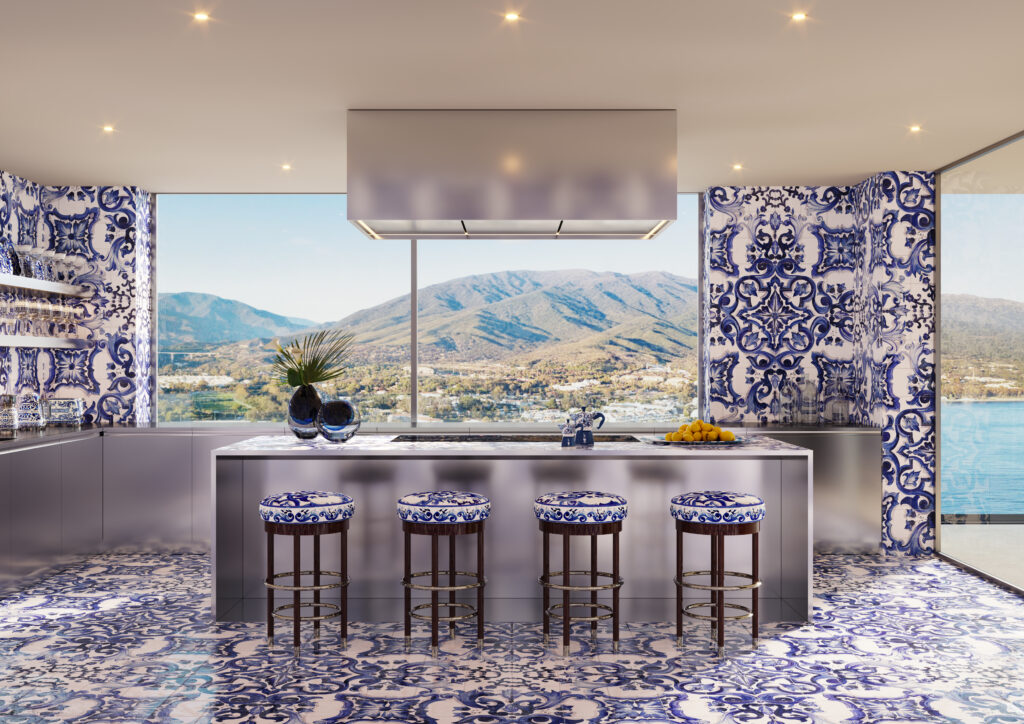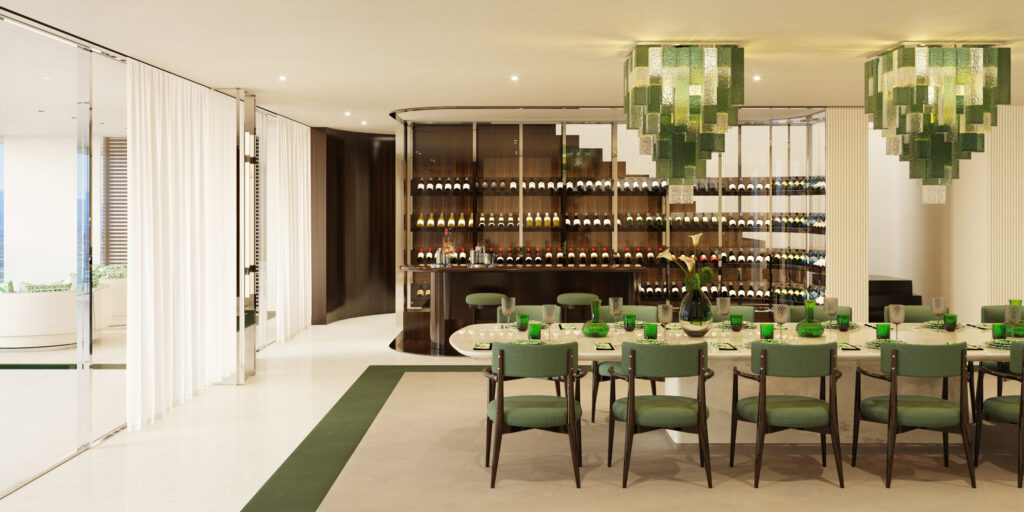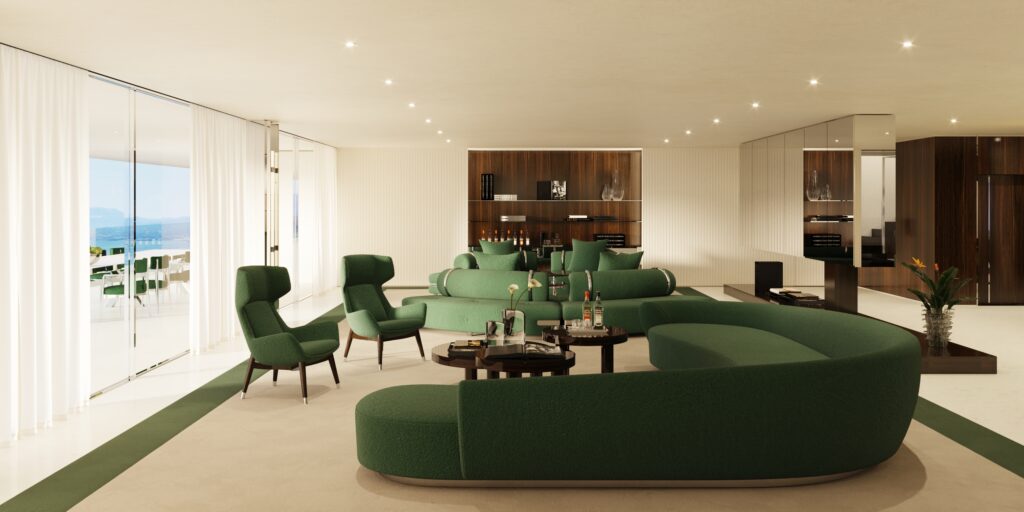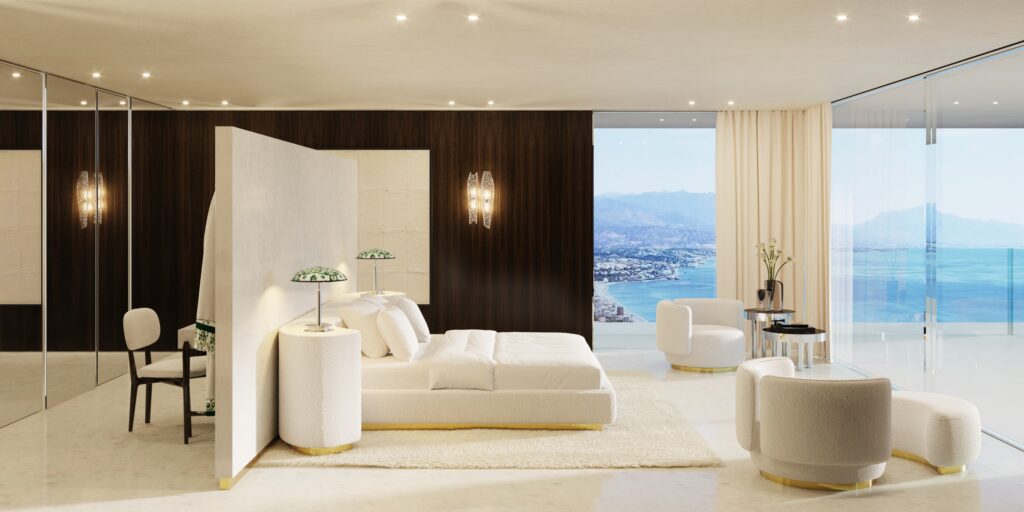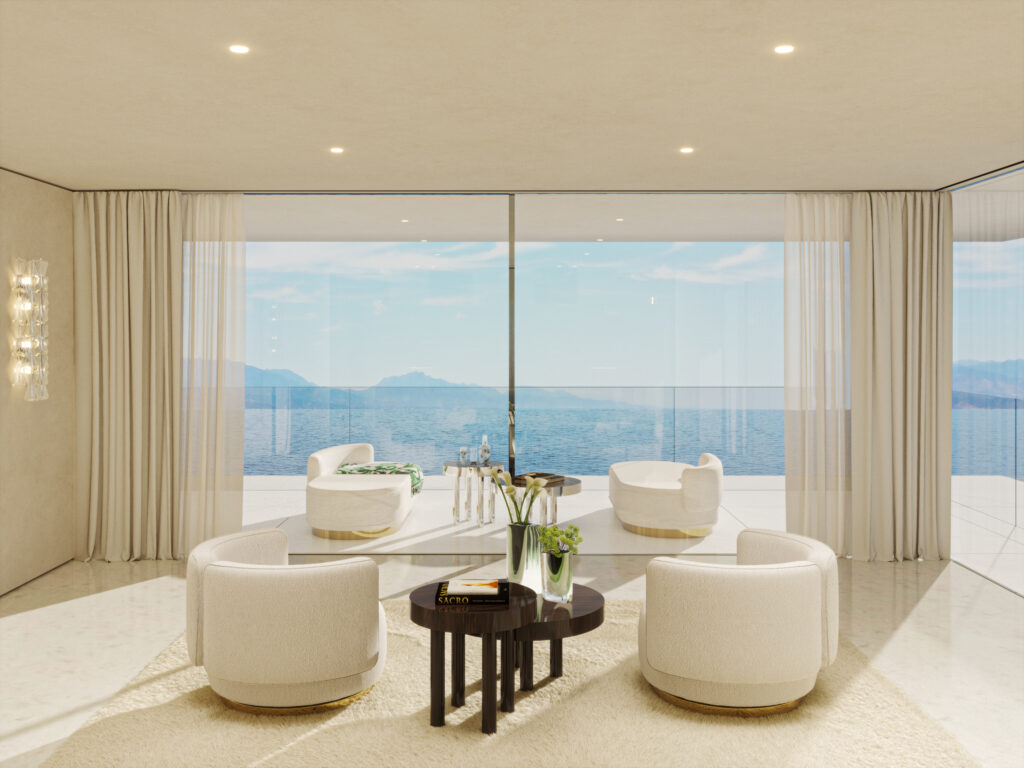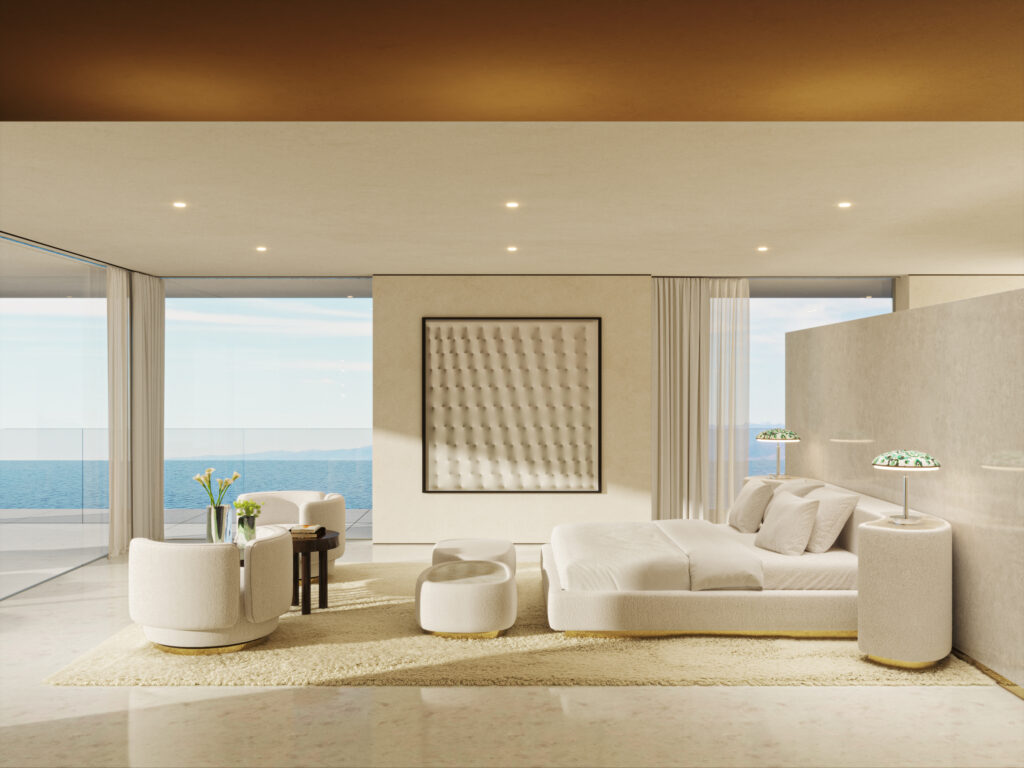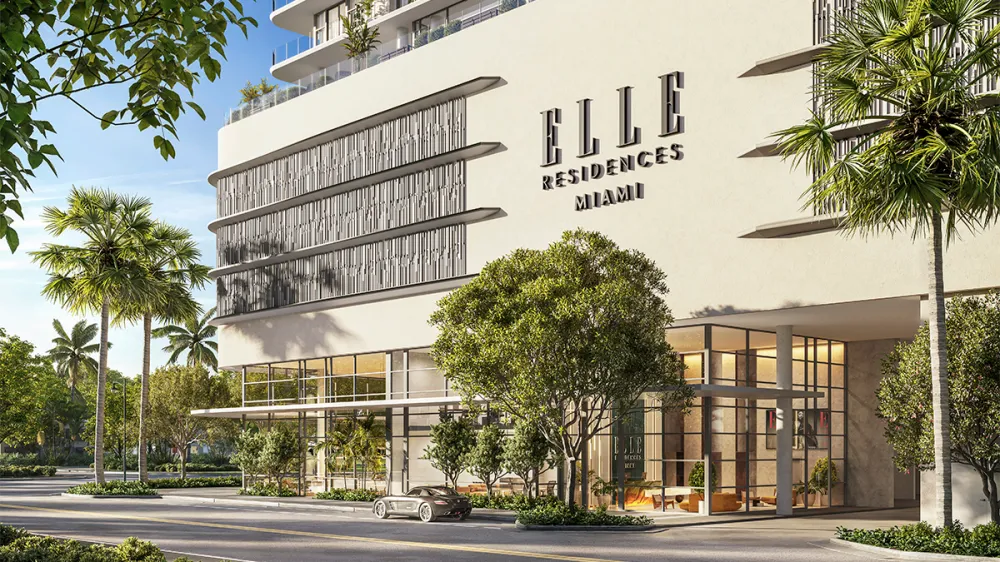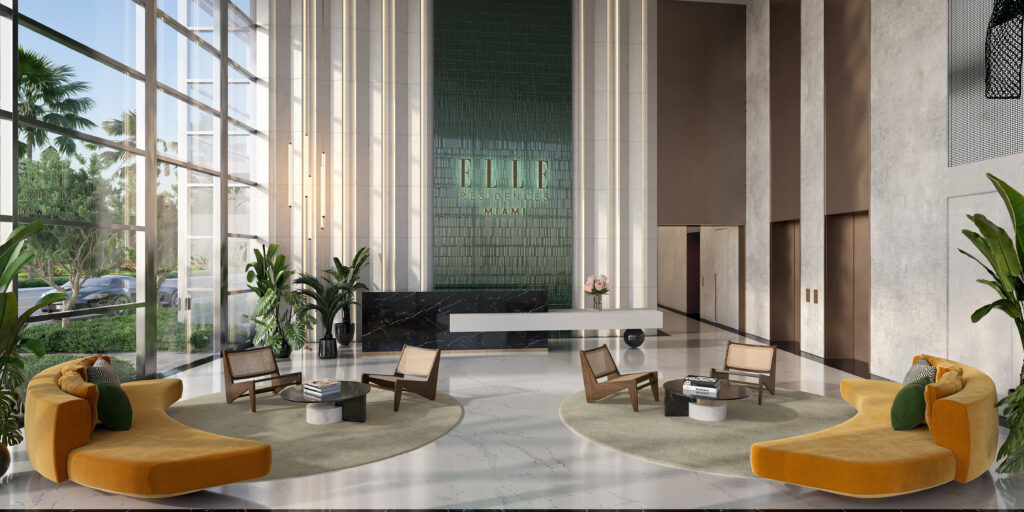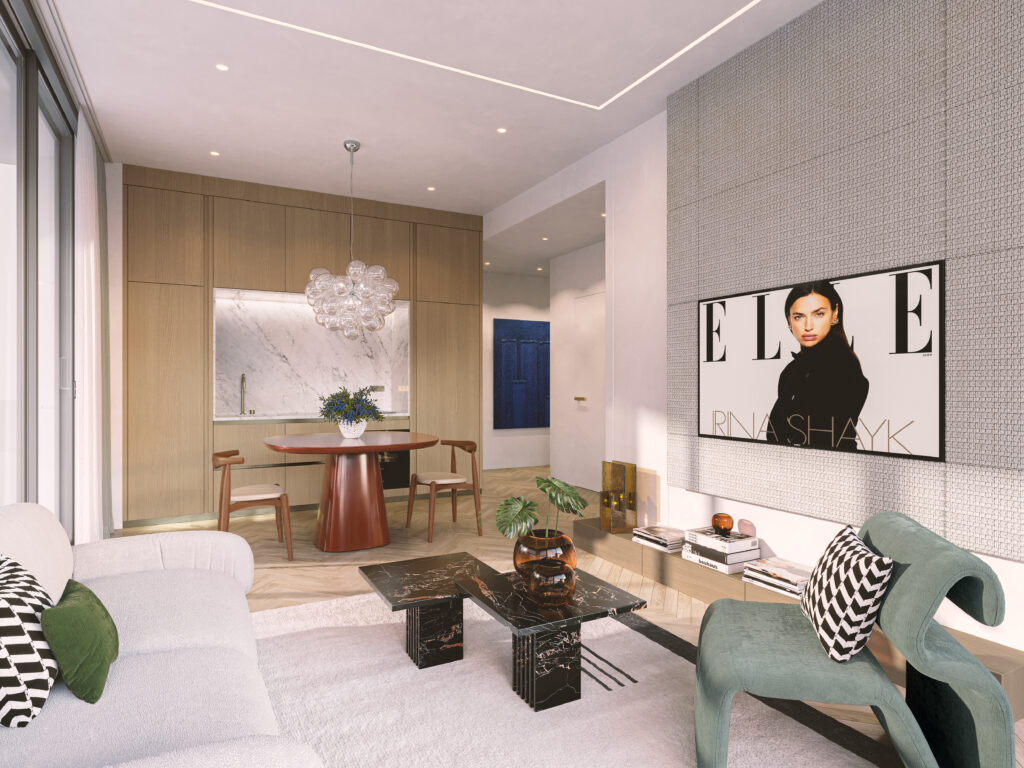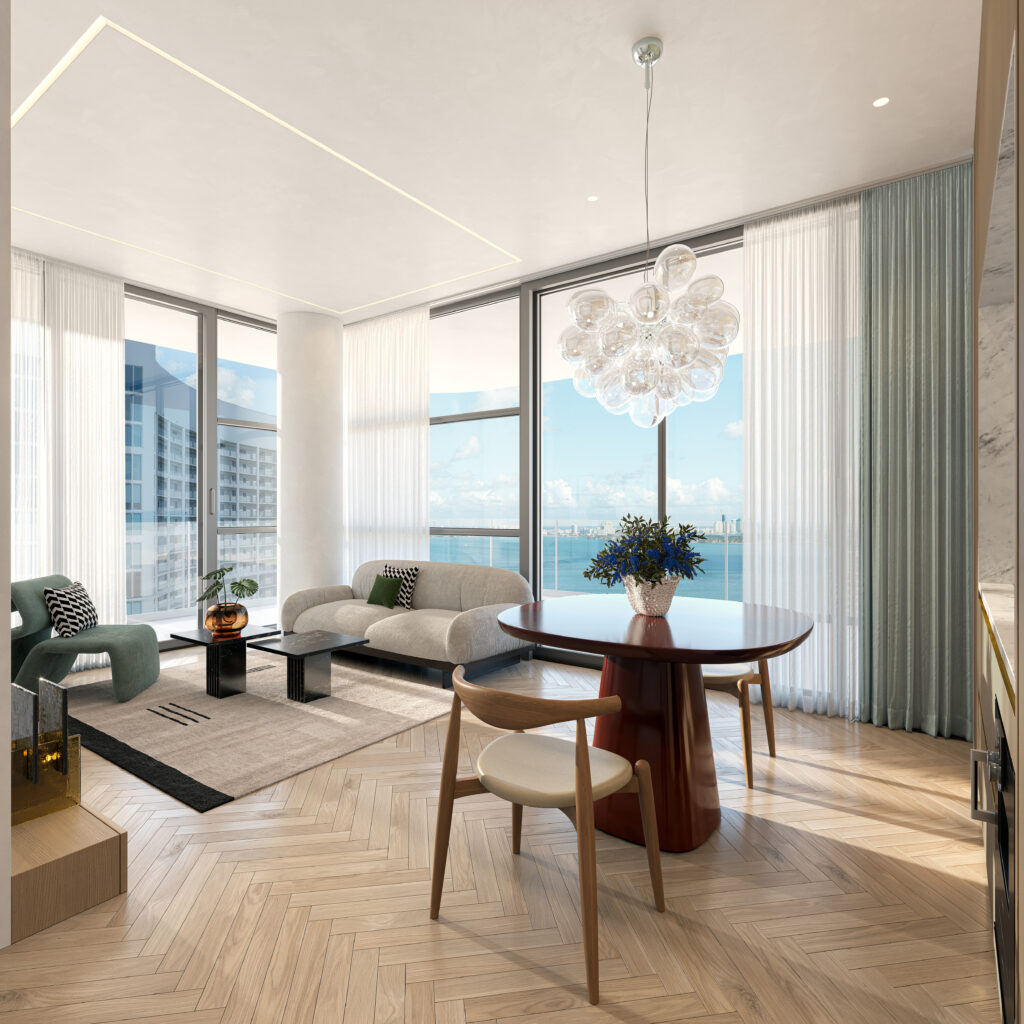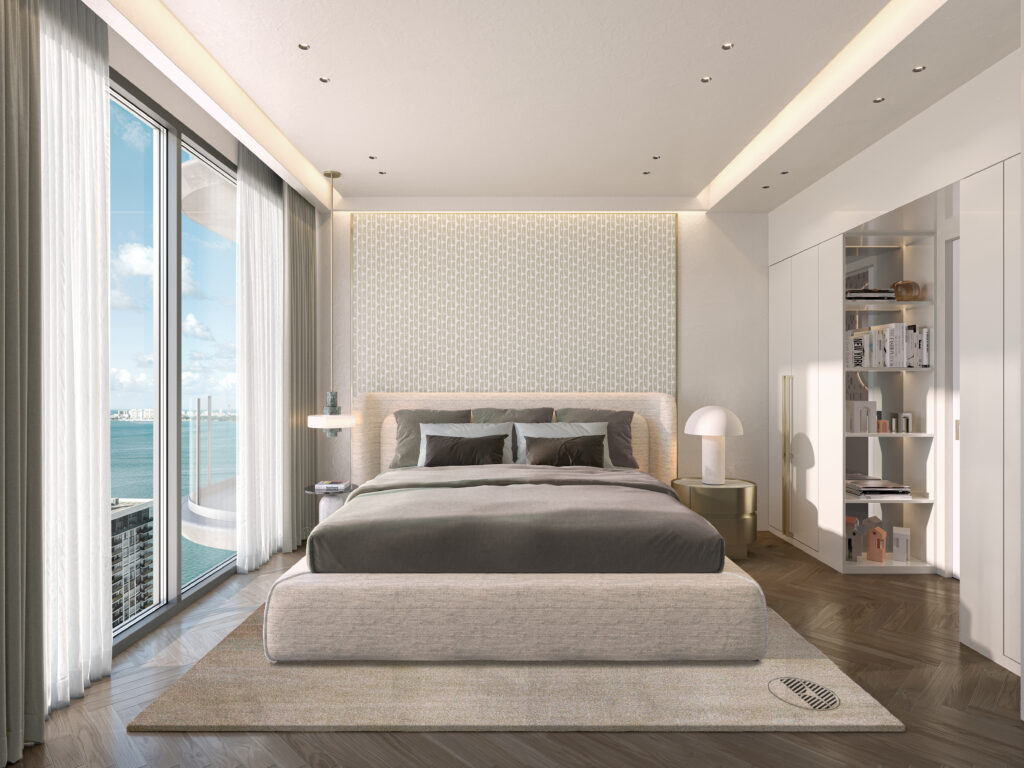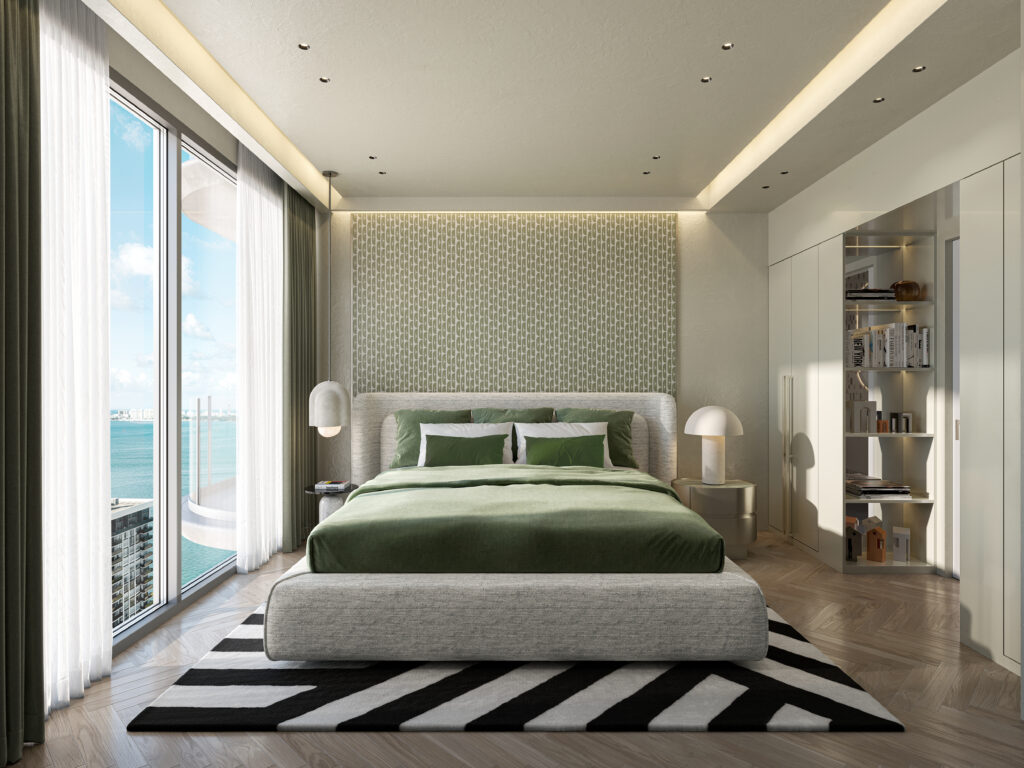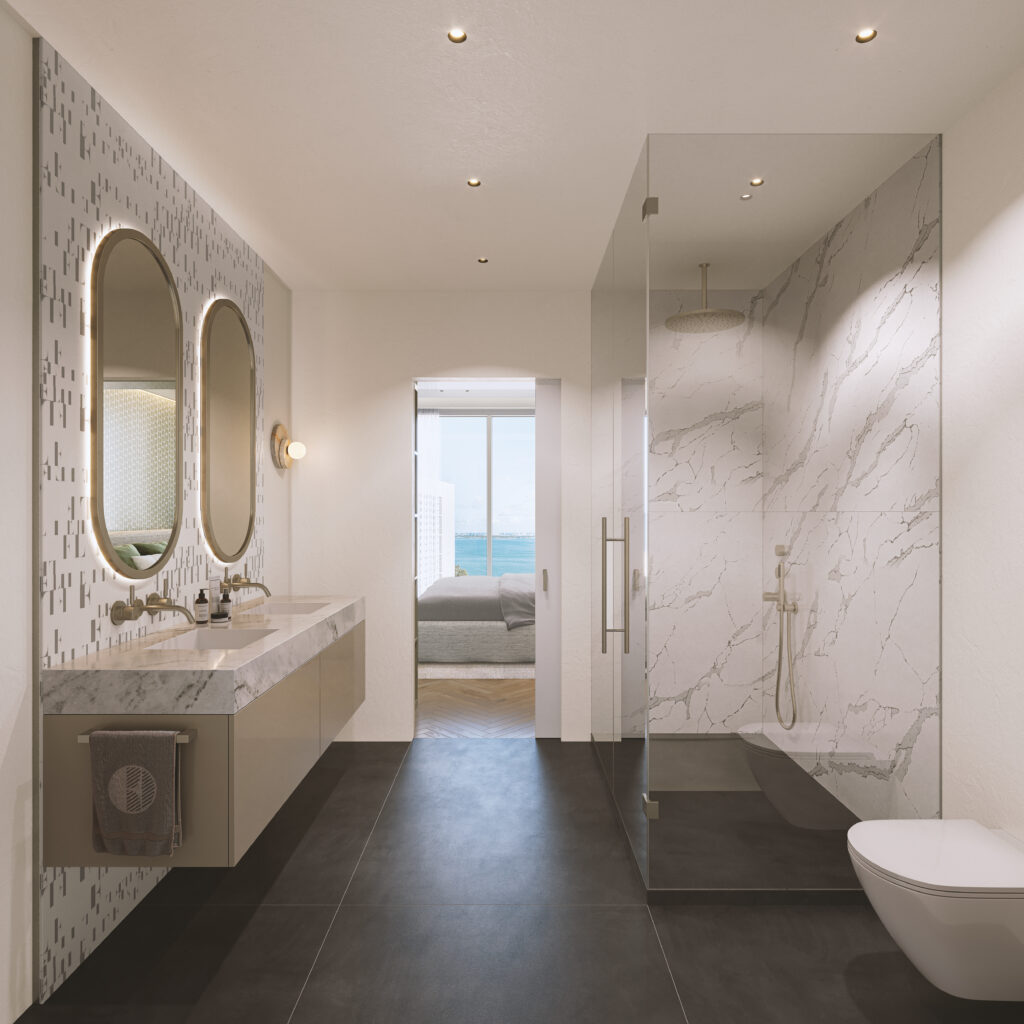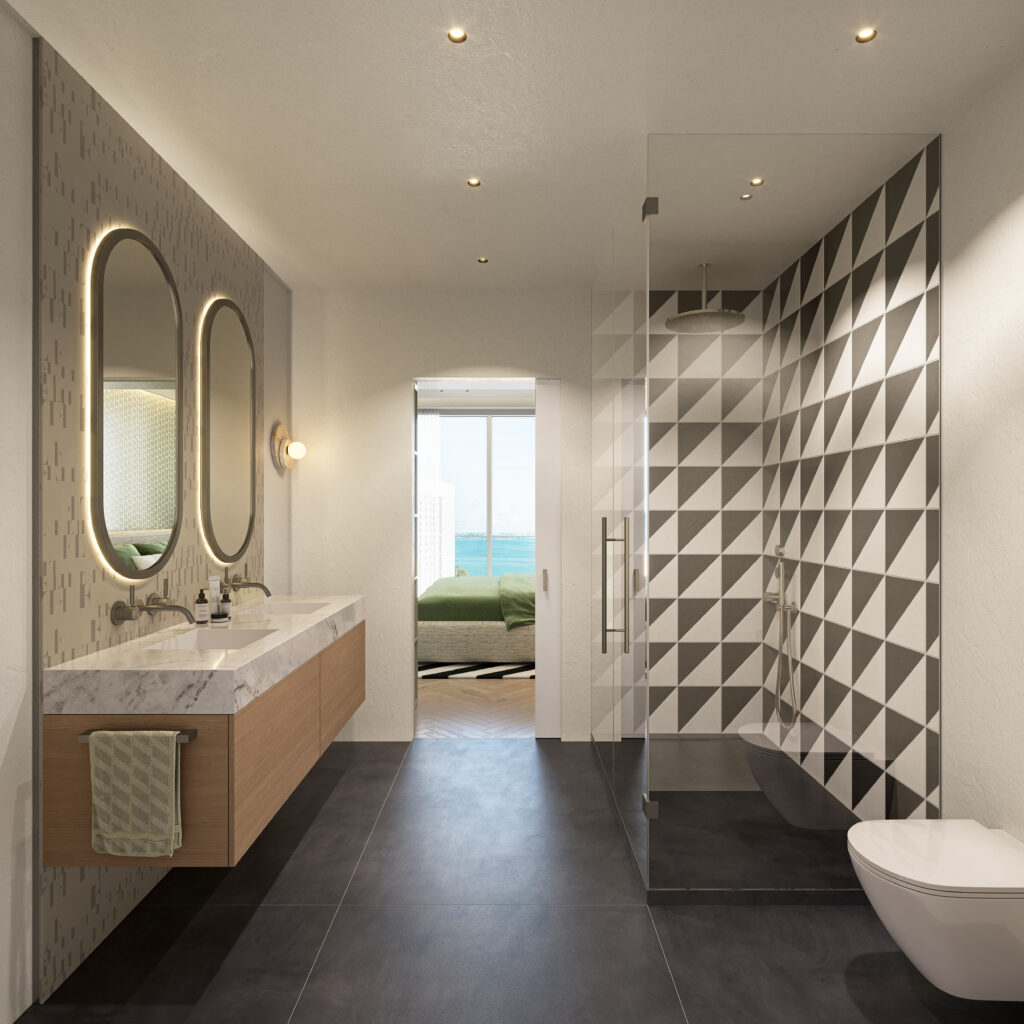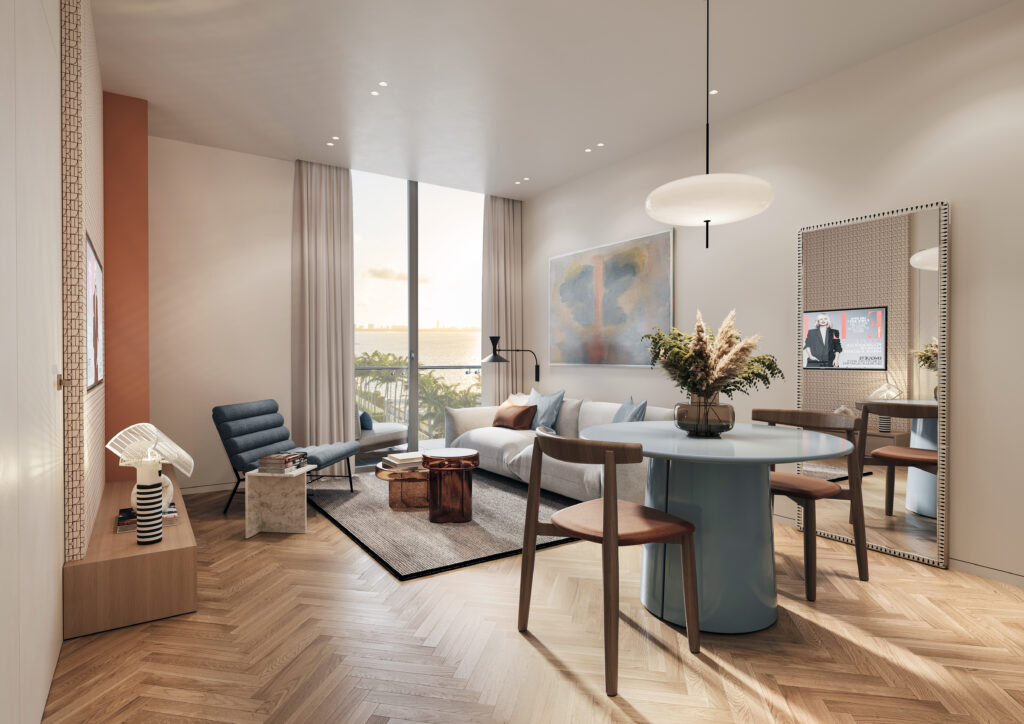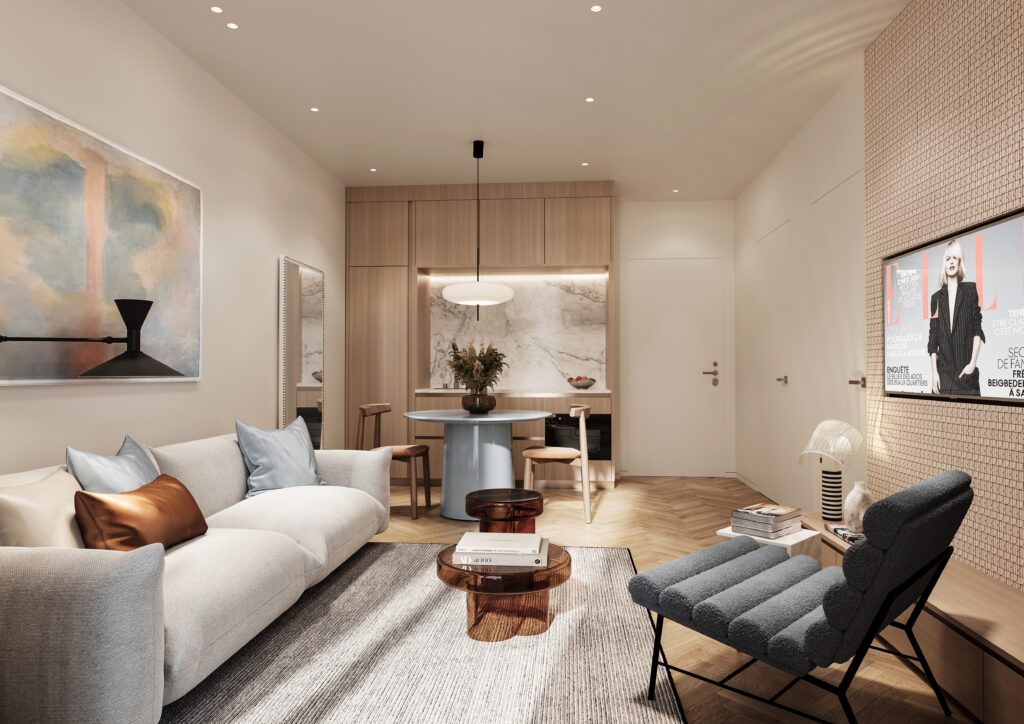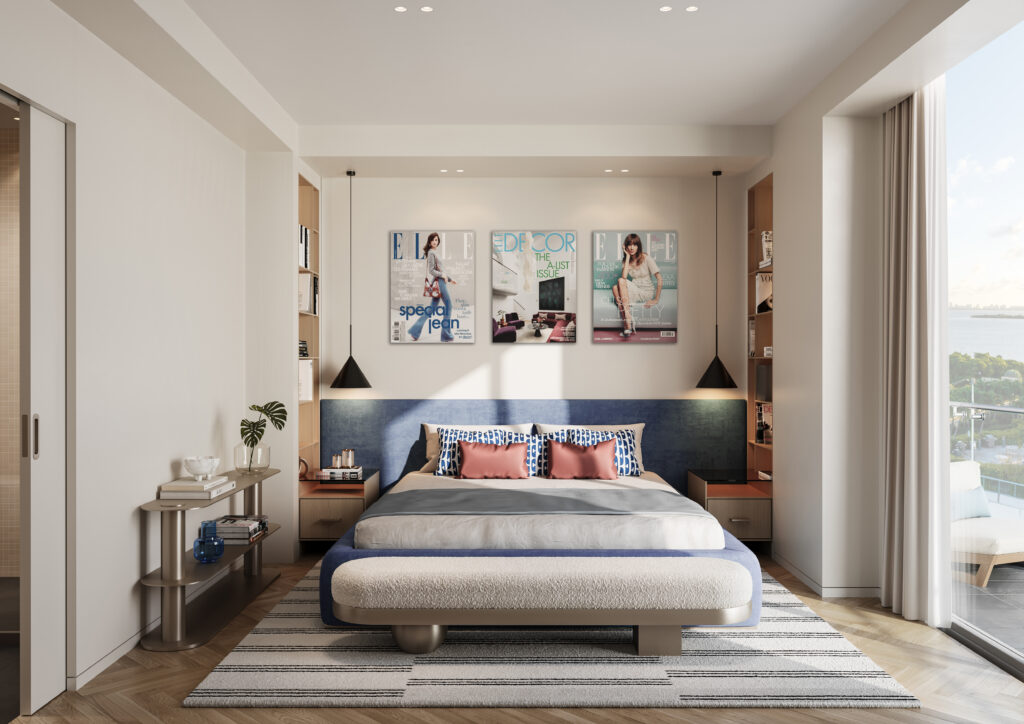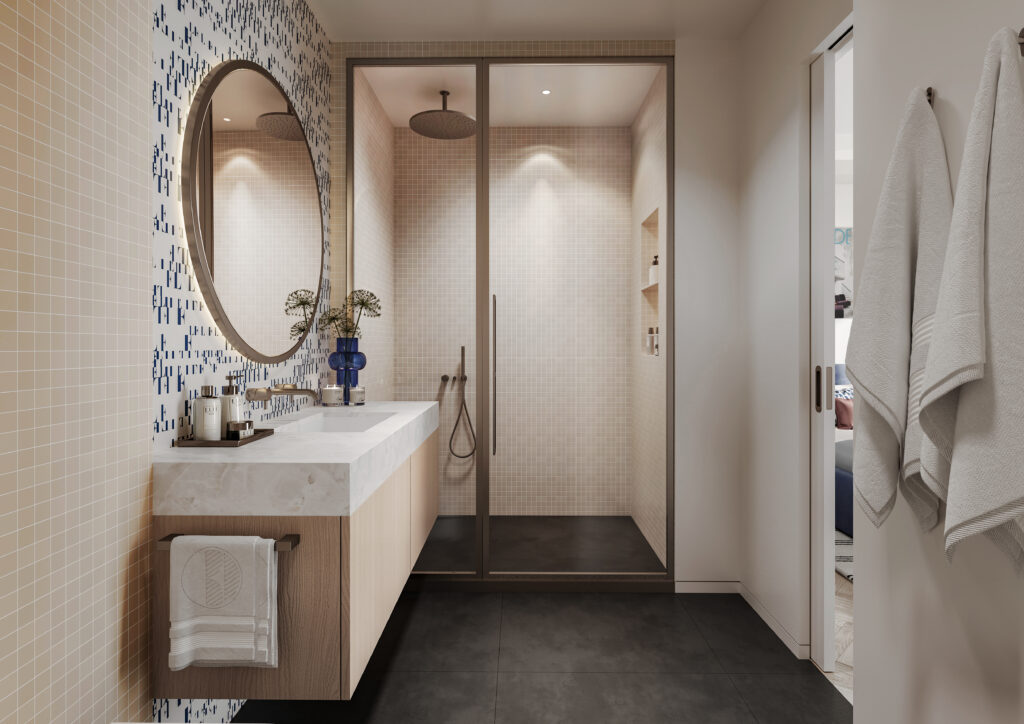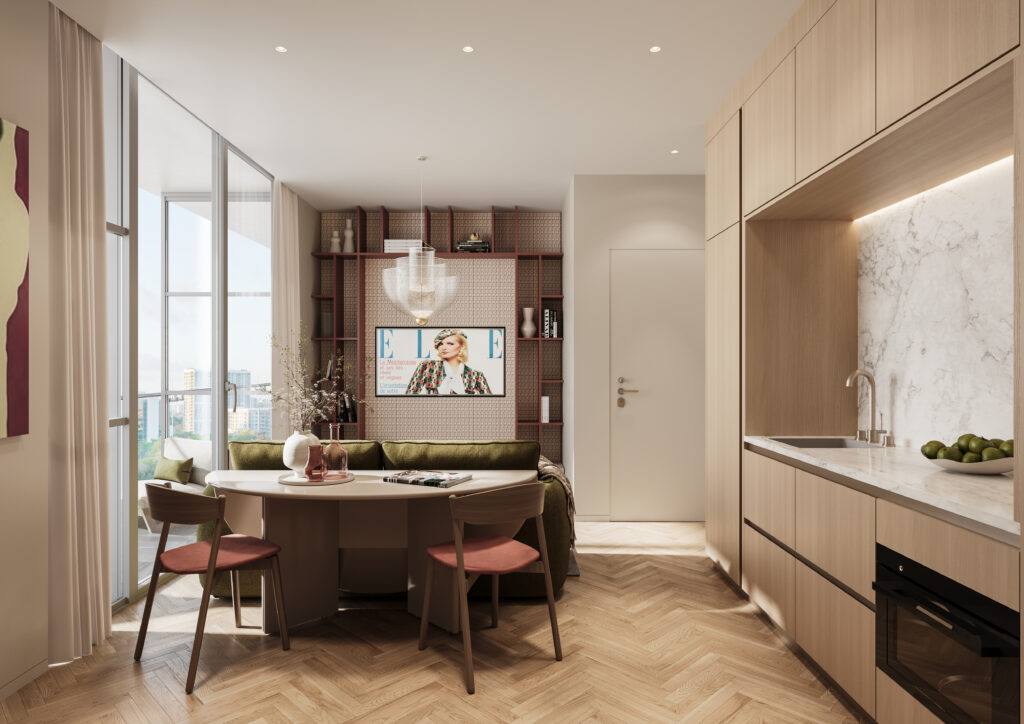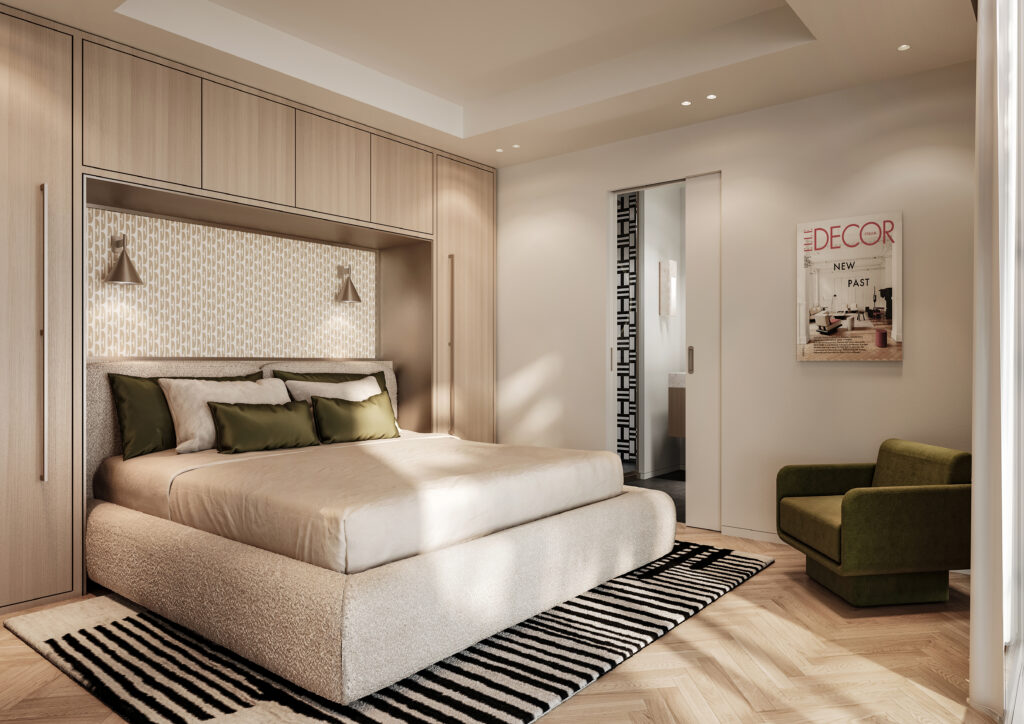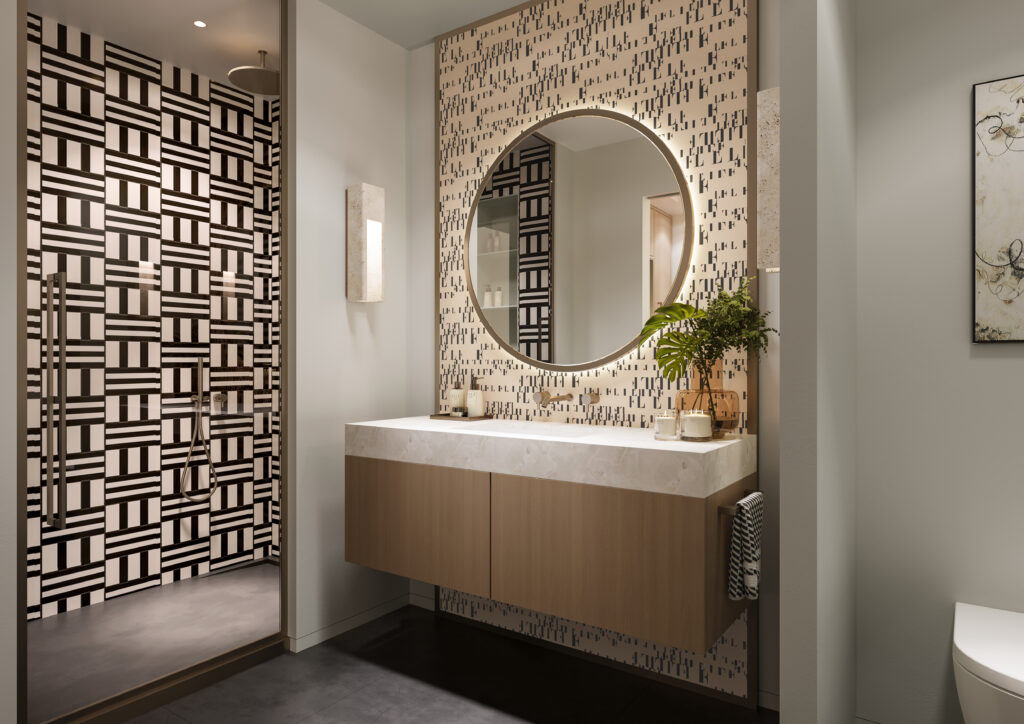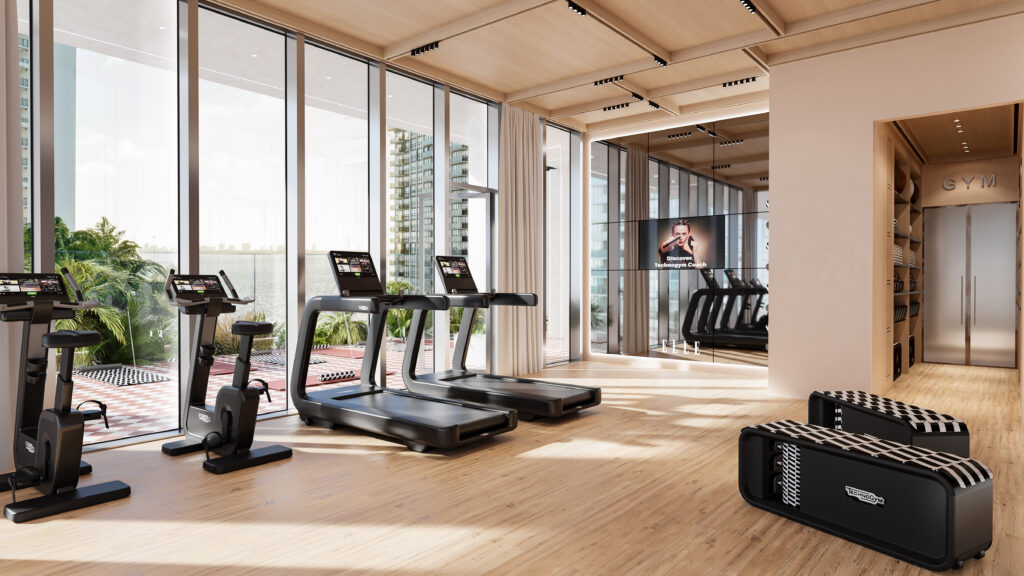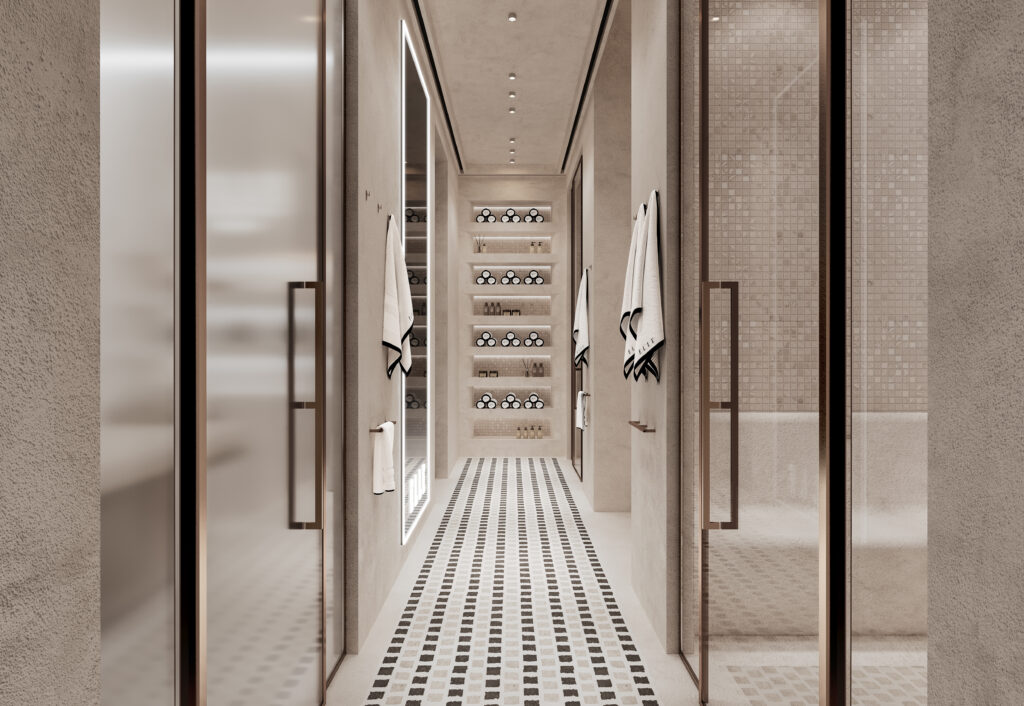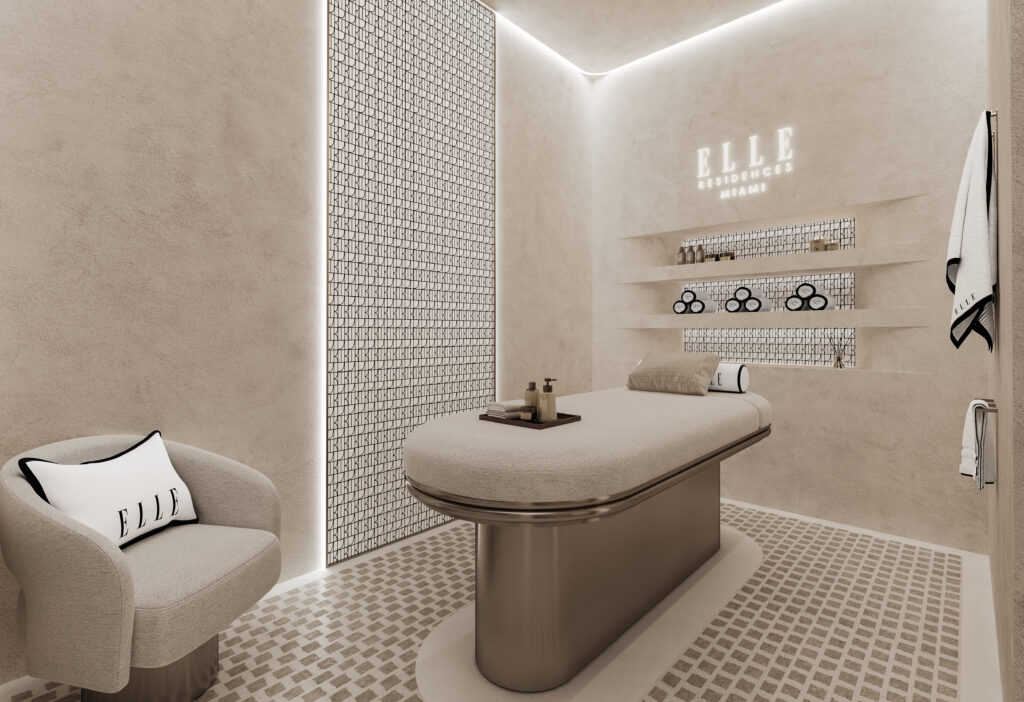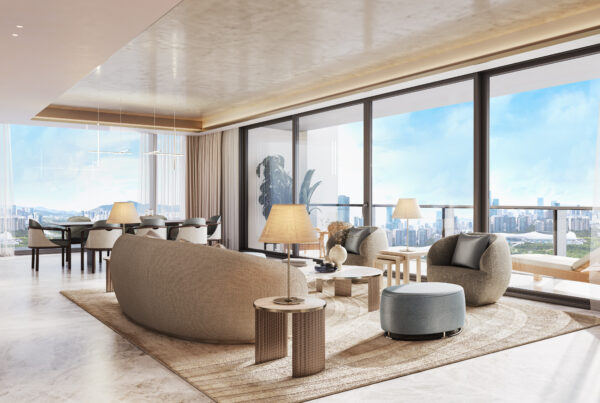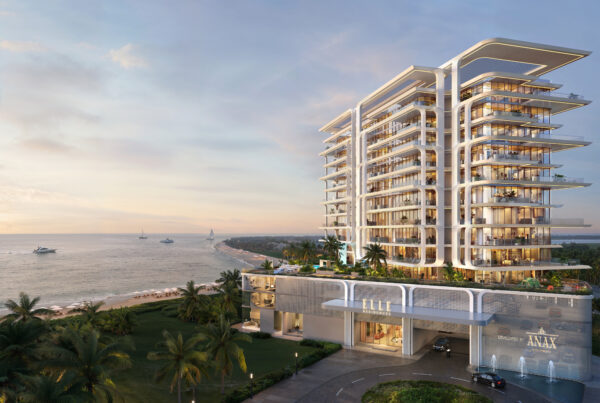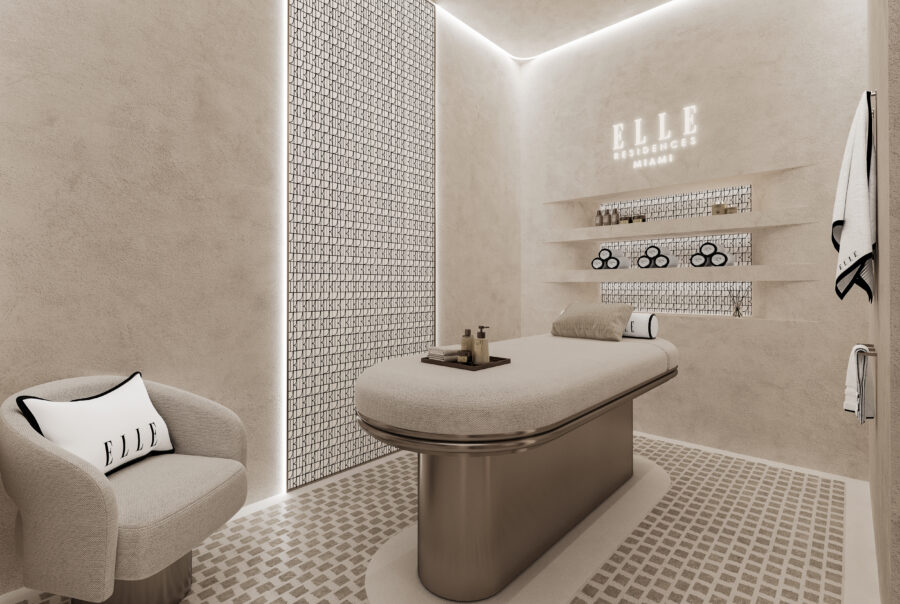
Dear readers,
In this edition of our monthly newsletter, we delve into how design choices shape the emotional experience of a space.
The concept of luxury has evolved over time, adapting to changing customer behaviors, preferences, and needs. Today, the defining word for anyone working in the luxury sector is “experience.” Modern, discerning clients are not simply buying a space; they are investing in how that space makes them feel. Subtle choices in light, texture, and proportion profoundly shape emotional response. And in the realm of branded real estate, those decisions become a direct reflection of the brand itself.
In this newsletter, we explore how interior design becomes a powerful tool for storytelling and perception—crafting not just beautiful environments, but meaningful, emotionally resonant experiences that align with brand identity and exceed client’s expectations. By focusing on the emotional impact of design, we are able to transform a space into a living, breathing reflection of the brand it represents.
To truly understand design, we must recognize it as an emotional language—one that is never neutral.
Every material, color, and spatial decision influences how people feel—often subconsciously. In the context of branded real estate, where space must express the soul of a brand, these elements become a silent but persuasive language. The language of materials is nuanced: a high-gloss lacquered surface may speak to a sense of precision and formality, while a hand-troweled plaster wall evokes calm, warmth, and timelessness. Warm lighting softens edges and invites intimacy. Double-height ceilings instill awe. Even the acoustics of a corridor or the coolness of a stone floor underfoot can elevate (or dilute) the intended atmosphere.
Understanding these elements goes beyond their visual appeal; it involves recognizing how they shape emotional responses, influence behavior, and create lasting impressions.
When a client enters a space, they’re not merely evaluating the design—they’re absorbing the essence of the brand, often without even realizing it. Therefore, each project requires a deep understanding of the brand’s core identity and values.
For some brands, like FENDI Casa or Armani, this means expressing elegance through subtlety: refined, neutral palettes, sumptuous natural materials like suede, linen, or marble, and an emphasis on clean lines and soft, ambient lighting. The result is an atmosphere of understated sophistication, where luxury whispers rather than shouts.
For others, like Dolce&Gabbana, Etro, or Moschino, it’s about embracing boldness and theatricality. Think vibrant patterns, saturated colors, intricate detailing, and unexpected juxtapositions—lacquered finishes, ornate motifs, or maximalist textiles. These interiors captivate with their visual energy, embodying a more expressive, charismatic interpretation of luxury.
The key is that no design decision exists in isolation; every choice is intentional, contributing to a unified narrative.
The dialogue between brand and place is just as essential as the dialogue between brand and design. A brand brings with it a distinct cultural heritage and aesthetic language—it doesn’t just furnish a space, it makes a statement. That’s why selecting the right brand for a particular location is a strategic and creative decision. When brand and setting complement one another, the result is a cohesive story where both can thrive—where the environment enhances the brand’s expression, and the brand, in turn, enriches the sense of place.
Matching Miami—a city pulsing with energy, color, and creativity—with Elle—a lifestyle brand born from fashion and editorial culture—creates a compelling synergy. Specifically, in the Design District, Elle’s dynamic, trend-conscious approach and broad reach across design disciplines align naturally with the city’s vibrant, forward-looking spirit. The result is the perfect environment for the Elle Residences Miami project, where brand and location amplify one another’s strengths.
Another striking example is our new project in Phuket, where Etro was selected to brand a residence nestled in lush tropical surroundings. Known for its rich patterns, bold textiles, and a heritage steeped in travel and exploration, Etro’s identity perfectly mirrors the natural beauty and adventurous spirit of the region. The brand’s aesthetic harmonizes effortlessly with Phuket’s abundant greenery and serene vibrancy.
A similarly inspired pairing can be found in Marbella — a glamorous Spanish seaside destination — where Dolce&Gabbana, with its bold, unapologetic, and unmistakably Mediterranean style, was the natural choice for the Design Hills Dolce&Gabbana development. Here, the iconic Blu Mediterraneo print feels entirely at home: its vibrant blue hues echo the sea, while its refined exuberance reflects the city’s playful sophistication.
Each of these examples illustrates how a brand can do more than decorate a space—it can amplify the character of a location, creating a narrative that feels both rooted and resonant. When this alignment is thoughtfully curated, the result is not just beautiful design—it’s a living expression of place and identity.
Additionally, when a brand develops its own furniture collection, it becomes an opportunity to deepen this narrative—introducing bespoke pieces that speak fluently in the brand’s unique voice.
Luxury is often described as the art of excess—but in truth, it is the art of intention.
In our work, beauty is the baseline. What we strive for is memorability.
Spaces that linger in the memory are those that evoke feeling. Whether it’s the quiet pride of returning to a home that reflects one’s identity, the comfort of being surrounded by familiar details crafted with intention, or the sense of belonging to an elevated lifestyle—the feeling is the experience.
This is especially crucial in branded real estate, where clients expect more than aesthetic appeal—they expect to feel aligned with the lifestyle, the values, and the aspirations embodied by the brand.
Design has the power to do more than fill a space—it sets a tone, communicates intent, and creates lasting emotional resonance. In branded real estate, it becomes an unspoken dialogue and bond between brand and homeowner, quiet yet unmistakable.
Because in the world of luxury, perception is everything—and perception begins the moment you enter the room.
